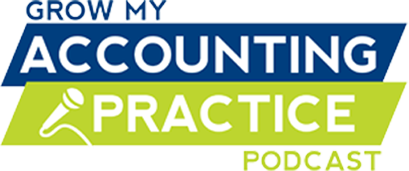Entrepreneurs like to use pessimistic numbers, because they prepare us for the absolute “worst case.” Alas, we use flawed pessimistic numbers. The real worst case is inevitably way worse than our most pessimistic expectations.
When we write a business plan full of business growth projections, we use pessimistic numbers. When we estimate how much work our new technician can get done every day, we used pessimistic numbers. When we estimate the sales that new service offering will bring in, we use the worst case scenario.
“I think this offering will easily generate $100,000 in monthly sales but let’s be safe and assume we will only do $30,0000.” We use pessimistic numbers to prepare for the worst case scenario, but the pessimistic number is rarely even close to the worst case.
We launch our offering, and then sit back and watch. Even without cautious estimates, things look like they are going to be pretty good. But then reality sets in. Even our most pessimistic numbers were way too optimistic.
The most realistic, pessimistic estimate is zero. When you launch your new offering, no one knows about it and no one knows about you – at least not yet. You are starting at zero and need to fight, claw and scratch your way to sales. So, if you want to be pessimistically realistic, and you should, prepare for zero sales, zero productively, zero results.
How can you sustain and what will you do if your number is zero? What will you do to keep pushing until the numbers start building in your favor? What will you do if its not the “quiet before the storm,” but is the “quiet before the quiet.” Prepare for the best and the worst.











